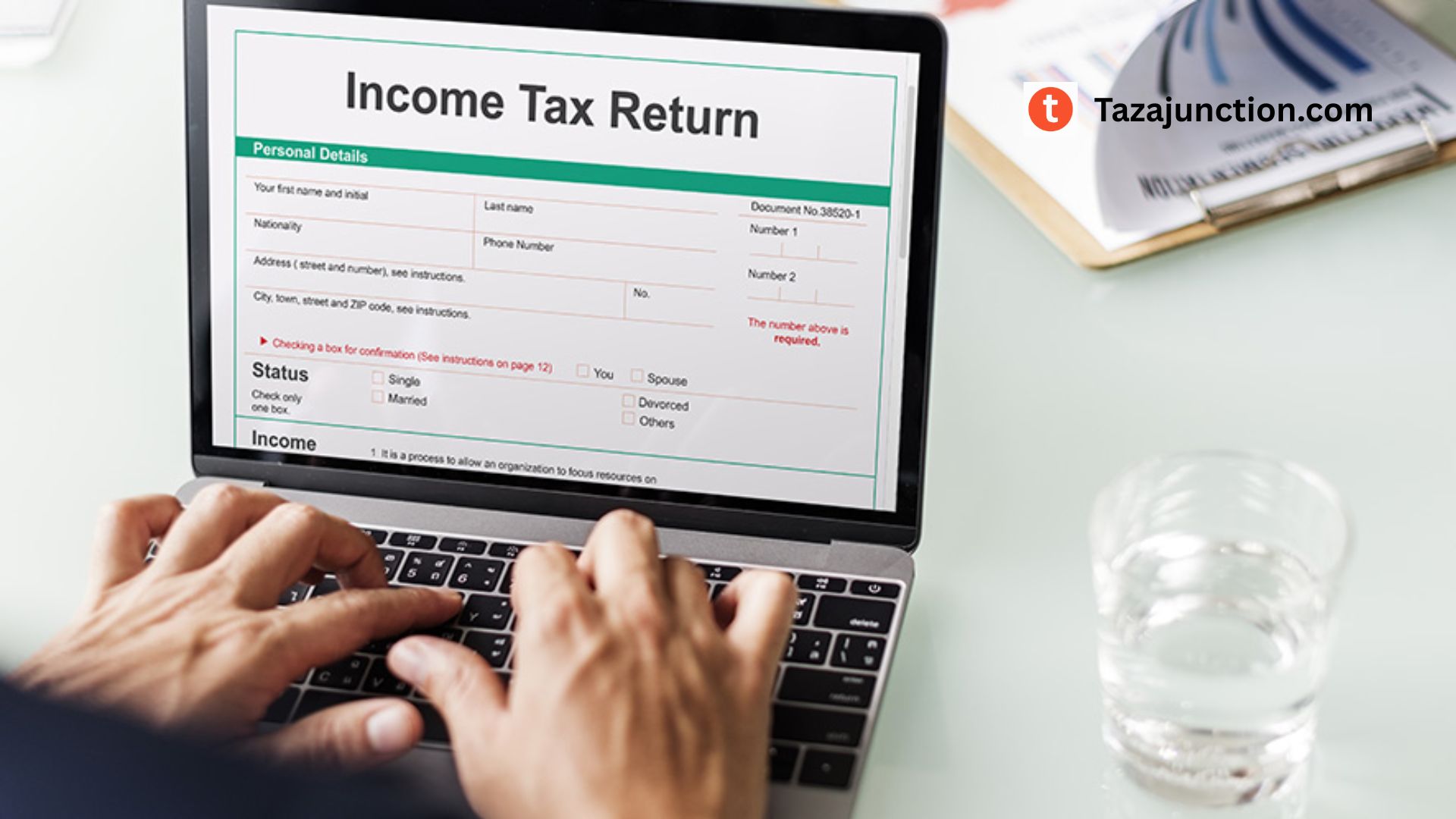The Income Tax Return (ITR) filing season is one of the most crucial times of the year for individuals, businesses, and professionals in India. For the Financial Year (FY) 2024–25 and Assessment Year (AY) 2025–26, the process officially begins on April 1, 2025, as per usual practice.
With every passing year, compliance rules tighten, systems become more digitized, and expectations from taxpayers increase.
This article provides a complete guide on the start date of ITR filing, who needs to file, the due dates, document checklist, common mistakes, and the importance of filing early.
Table of Contents
What Are Financial Year and Assessment Year?
Before diving into dates and procedures, let’s clarify these two key terms:
- Financial Year (FY): The year in which income is earned. For example, FY 2024–25 is the period from April 1, 2024, to March 31, 2025.
- Assessment Year (AY): The year following the financial year, when the earned income is assessed and taxed. For FY 2024–25, the AY is 2025–26.
Start Date for Filing ITR for FY 2024–25

The Income Tax Department usually allows taxpayers to start filing returns from April 1 onward, but most online forms and utilities become available in May or June, depending on the ITR form type.
- Official Filing Start: April 1, 2025
- Utility Availability: ITR-1 and ITR-4 typically go live first; other forms (ITR-2, 3, 5, etc.) follow later.
Who Needs to File an ITR?
Filing income tax returns is mandatory if your income crosses the taxable limit. Here’s a simplified list of taxpayers who must file:
Individuals
- Income exceeds ₹2.5 lakh (under 60 years)
- Income exceeds ₹3 lakh (60–80 years)
- Income exceeds ₹5 lakh (above 80 years)
Other Scenarios Requiring ITR Filing
- You want to claim a refund
- You have foreign income or assets
- You are a company or firm, regardless of income
- You have capital gains, even if not taxed (e.g., from equity)
- You have TDS deducted and wish to report or claim refund
Types of ITR Forms
Choosing the correct form is essential for smooth filing. Here are the most common ones:
| Form | Applicable To |
|---|---|
| ITR-1 | Salaried individuals with income < ₹50 lakh |
| ITR-2 | Individuals with capital gains, foreign assets |
| ITR-3 | Professionals, business income |
| ITR-4 | Presumptive income scheme under Section 44AD/ADA |
Key Due Dates for AY 2025–26
Knowing the filing deadlines helps avoid penalties and interest. Here are the important dates:
| Event | Due Date |
|---|---|
| Start of ITR filing | April 1, 2025 |
| Last date (individuals) | July 31, 2025 |
| Last date with audit (businesses) | October 31, 2025 |
| Revised/Belated return | December 31, 2025 |
⚠️ Late filing beyond the deadline could attract a penalty up to ₹5,000 and interest under Section 234A, B, and C.
Why You Should File Early
Filing early has multiple benefits:
1. Faster Refunds
The sooner you file, the faster you’ll receive any refunds due.
2. Avoid Server Rush
Last-minute rush leads to technical glitches on the Income Tax portal.
3. Time for Corrections
Early filing gives you time to revise in case of any errors.
4. Loan & Visa Processing
Many institutions ask for ITRs when processing loans or visas. Filing early ensures timely documentation.
Documents You Need Before Filing
Here’s a checklist of essential documents:
- Form 16 from employer (for salaried individuals)
- Form 26AS and AIS/TIS (for tax credit details)
- PAN & Aadhaar
- Bank statements
- Capital gains statements (for investors)
- Interest certificates from banks
- Details of foreign income/assets
- Home loan certificate
- Investment proofs for deductions (Section 80C, 80D, etc.)
Changes in ITR Filing for FY 2024–25
The Income Tax Department often brings minor changes in forms or rules each year. Expected updates for FY 2024–25 may include:
1. Pre-Filled ITRs
More robust pre-filled data, including income from mutual funds, dividends, rent, and interest.
2. AIS/TIS Integration
Taxpayers will be expected to reconcile their returns with Annual Information Statement (AIS) and Taxpayer Information Summary (TIS) to avoid mismatches.
3. Digital Verification
Emphasis on e-verification via Aadhaar OTP, Net Banking, or Digital Signature Certificates.
How to File Your ITR
There are several ways to file:
Online via Income Tax Portal
- Visit: https://www.incometax.gov.in
- Log in with PAN/Aadhaar
- Choose ITR form
- Fill and submit with verification
Through CA or Tax Expert
For business owners or individuals with complex incomes (capital gains, foreign assets), consulting a Chartered Accountant is advisable.
Offline Utilities
Download and fill Excel/Java utility offline and upload to the portal.
Common Mistakes to Avoid
- Using the Wrong ITR Form
Leads to invalid return; may invite notices. - Forgetting to E-Verify
Return is considered incomplete if not verified within 30 days. - Mismatch in Form 26AS & Return
Can result in scrutiny notices. - Claiming Incorrect Deductions
Overstated deductions may lead to penalty. - Missing Interest Income
Many forget to include FD or savings interest.
Penalties for Late Filing
Filing your return after the deadline could lead to:
- Late fee of ₹1,000 to ₹5,000 under Section 234F
- Interest on outstanding tax under Sections 234A/B/C
- Disqualification from future exemptions or loss of carry-forward of losses
Conclusion
Filing your Income Tax Return for FY 2024–25 (AY 2025–26) is not just a legal obligation but a smart financial habit. The process has become easier with digital advancements, but the importance of accuracy, timely submission, and proper documentation remains crucial.
Starting early allows you to avoid penalties, ensure refunds, and reduce stress during the peak deadline period. Whether you’re a salaried professional, freelancer, investor, or business owner, take charge of your tax filing today.
Remember, the taxman rewards discipline. Don’t wait—file smart, file early.

